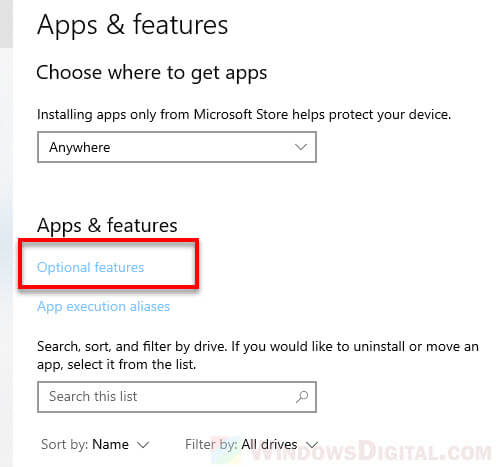
For Windows users, you must have Windows 8.1 or Windows 10. To use Miracast, you need both devices to support it. However, not all work properly, if at all. Today, this technology is often built-in, so most Smart TVs, Amazon Fire TV, Android TV, Roku, and other devices support Miracast. It creates its own network on which paired devices can share data. Miracast technology is built upon Wi-Fi Direct, allowing two devices to form a direct P2P (peer-to-peer) wireless connection and discover each other without a wireless router. Miracast allows users to broadcast photos, music, videos, and other media from mobile devices and computers to larger screens (thus, it allows you to see your device's screen content on a bigger screen). Its primary purpose is to replace cables and wires from the device to display. This article will demonstrate how to set up and troubleshoot problems related to Miracast.


Miracast enables certified (Miracast-certified) devices such as laptops, smartphones, and tablets to communicate with TVs, monitors, and projectors. How to Set Up Miracast and Troubleshoot Its Problems in Windows 10


 0 kommentar(er)
0 kommentar(er)
